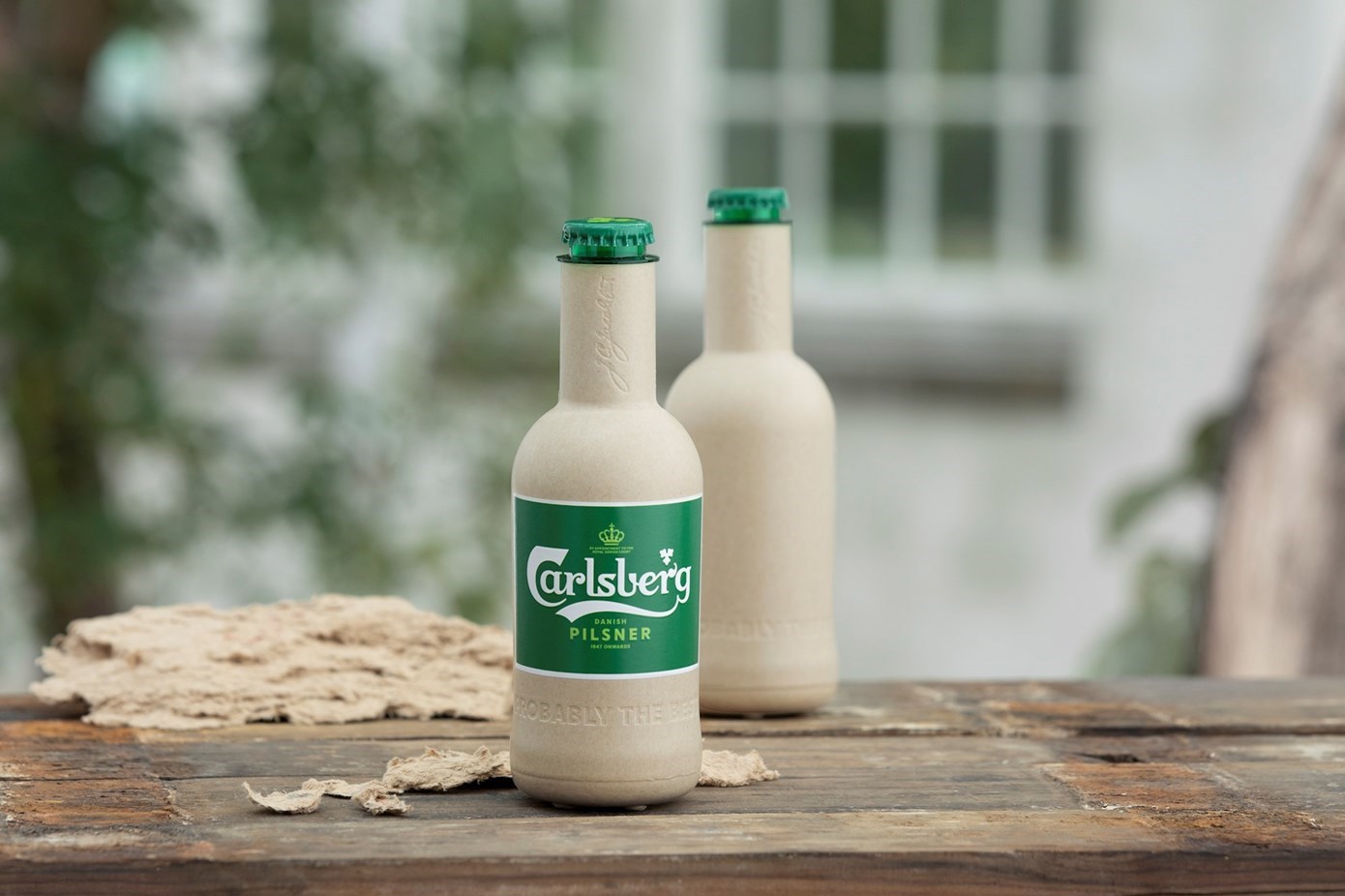Partnering to shrink our shared footprint
With 87% of our value chain carbon footprint outside our operations and direct control, partnering is key to reducing our beer-in-hand emissions.
With 87% of our value chain carbon footprint outside our operations and direct control, partnering is key to reducing our beer-in-hand emissions.
We collaborate with partners who supply our ingredients, packaging, transport and refrigeration on efficiencies and innovation that drive down their carbon footprint and ours. For example, partnerships are helping us progress in areas such as sustainable packaging and switching to renewable energy.
In 2020, we published the results of our beer-in-hand footprint analysis, showing a 7% reduction in carbon emissions across the value chain from 2015-2019. We are on track to 15% by 2022, and 30% by 2030.


OTHER EXAMPLES OF HOW WE WILL ACHIEVE ZERO CARBON FOOTPRINT BY 2030

Snap Pack. An innovation to reduce plastic
We’re constantly trying to make everything about our beers even better. Snap Pack is one of the results. A world-first for the beer industry, this innovation took us three years to develop together with our partners.

Carlsberg launches glass bottles with up to 90% lower carbon impact
A partnership with glass bottle supplier, Encirc, could take us a step closer to ZERO carbon footprint, with a trial demonstrating the possibility to cut the carbon impact of glass bottles by up to 90%.

Lightweighting our cans
Our cans are getting lighter and so is their environmental footprint. Over the last three years, we have worked with Ball to cut the weight of our most common can formats by around 5% in more than ten European markets. This lightweighting is shrinking our value chain carbon footprint by around 5,000 tonnes per year.
Central & Eastern Europe and India
-
Azerbaijan
-
Belarus
-
Bulgaria
-
Croatia
-
Estonia
-
Greece
-
Hungary
-
India
-
Italy
-
Kazakhstan
-
Latvia
-
Lithuania
-
Serbia
-
Ukraine

